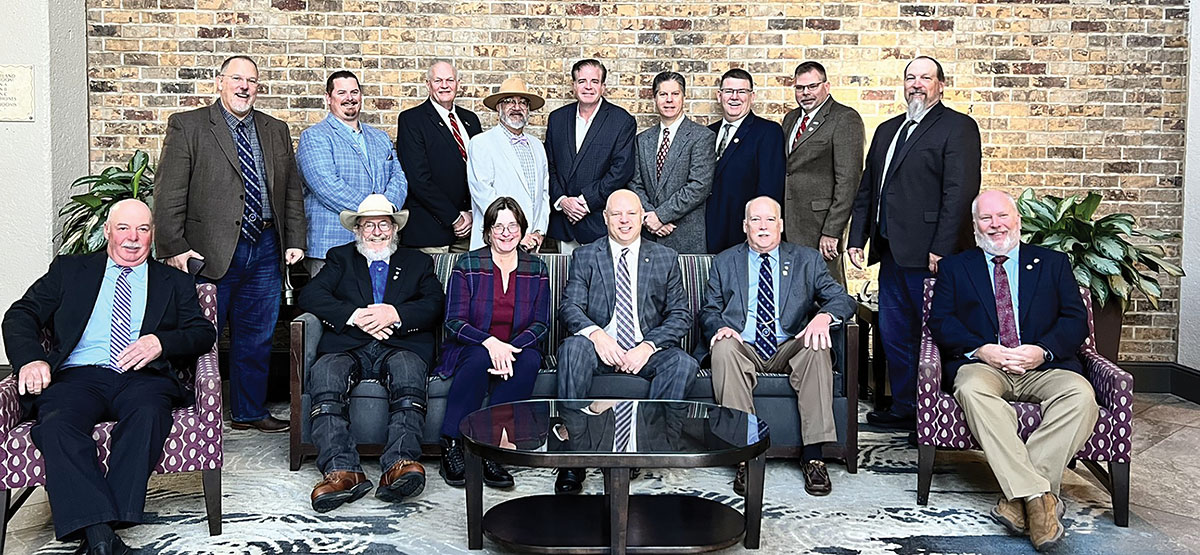As society moves towards emerging technologies, there come many challenges. This is true with introduction of the electric vehicle. It should be as simple as telling the owner of an electric vehicle “all you need to do is plug your vehicle into an outlet and charge the battery.” However, we all know that there are major factors that must be first considered: electrical infrastructure to accommodate the charging equipment, utilities to ensure they meet the power demands, safety requirements for first responders, training for inspectors, electrical contractors, electrical design engineers and the list goes on.
As electric vehicles roll off the assembly line, it appears the main customers will be individuals that will need to have the required electrical infrastructure at their home in order to recharge their vehicles. However the market is rapidly growing, and there is and will be a need to install charging equipment in other locations such as retail and commercial locations. I was told the other day that one coffee and donut shop is in the process of installed charging outlets at a number of their locations for their customers.
So what does this mean for IAEI members? Well we continue to be involved in the development of new code rules for electric vehicle supply equipment (EVSE). We are committed to work with inspectors, installers, manufacturers, certification agencies, and training partners to ensure a safe installation for the end user.
IAEI is an active participant in the Electric Vehicle Infrastructure Training Program (EVITP), a partnership of stakeholders that has been established to provide the Electric Vehicle Transportation sector of the electrical industry, and its stakeholders, a structured platform to facilitate training for the EVSE technology.














Find Us on Socials